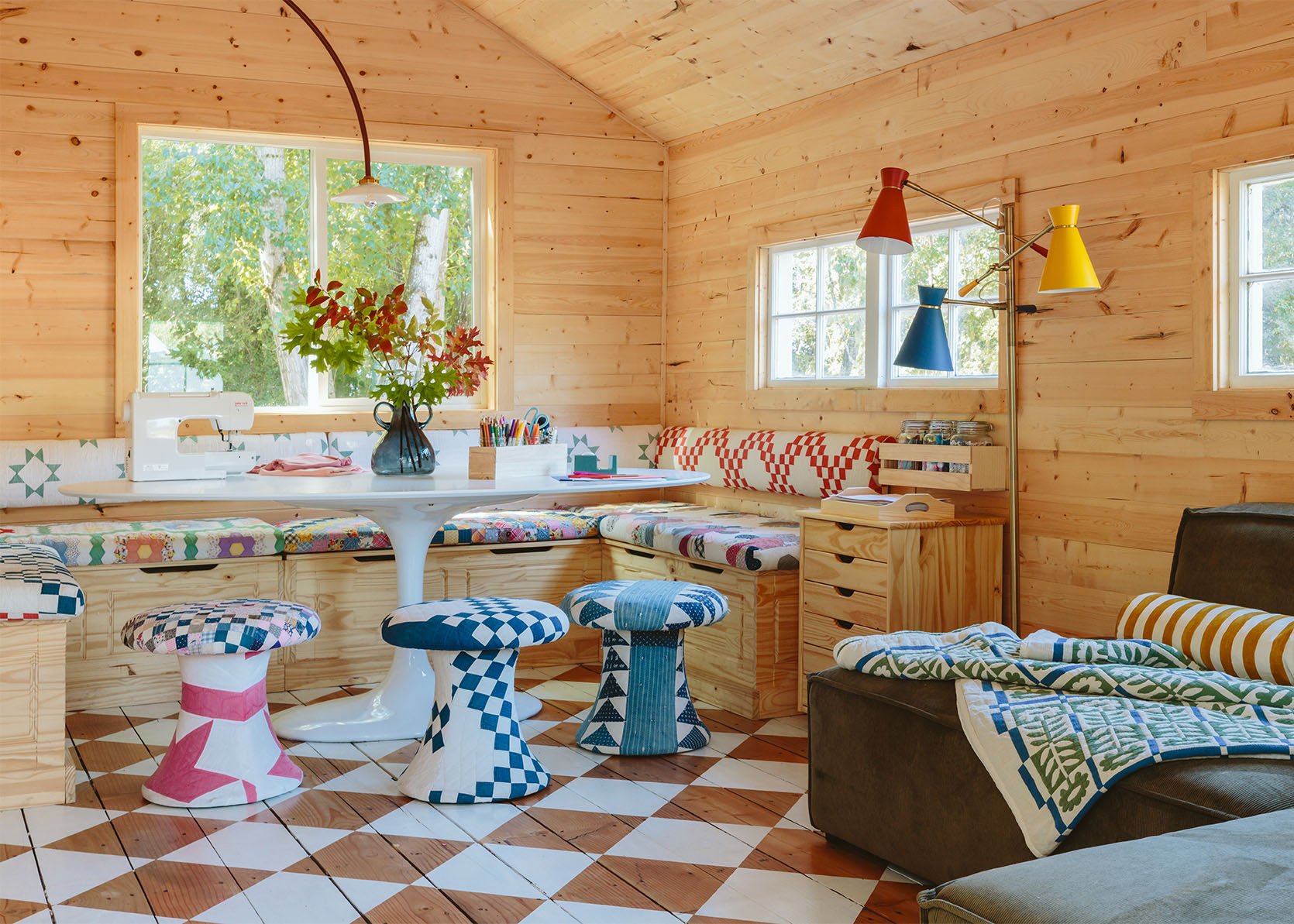How Gitano Cuisine Found a Home in Andalusia
Rocío Jiménez stirs a simmering pot of berza gitana—a hearty stew of greens, chickpeas, and pork—humming a flamenco verse as it begins to bubble. “If there’s no singing, the food won’t taste right,” she says. “And if the food isn’t good, the singing won’t flow.” Jiménez cooks at one of the traditional peñas, or cultural centers, in Jerez de la Frontera, Spain. Located in Santiago, a neighborhood considered one of flamenco’s birthplaces, it’s a space where the traditions of Spain’s Romani people, the Gitanos, come to life through food and music. For Jiménez, the two are inseparable. “Many times, if I’m in the kitchen cooking and there’s a party outside, I leave the food and dance a little,” she laughs. “I wait until someone gets that pellizco, as we say here—that spark of emotion that sets off flamenco—until I have to run back inside before my chickpeas burn!” Jiménez has run the kitchen at Peña Luis de La Pica for the past 20 years, serving her take on the traditional Gitano dishes she grew up with, like tomato soup, artichokes with mussels, and oxtail; all favorites among the regulars. Well-known in the neighborhood for her culinary expertise, Jiménez’s mission extends beyond the kitchen. When the coronavirus pandemic brought the world to a standstill in March 2020, Jiménez began sharing the rich yet often overlooked traditions of Gitano cuisine, first online and now in person, with students from Barcelona to Japan. “I became a sort of pioneer in giving Gitano cooking classes to people from all over the world,” she says. Proud of her heritage, Jiménez sees cooking as more than just feeding people. It’s a way to keep Gitano culture alive. “I pass on what I learned as a child from my mother, my aunts, my neighbors,” she says. Her classes help preserve what could very well be lost in modern times—culinary traditions passed down orally, but rarely written down. But what exactly is Gitano cuisine? Gitano food culture is difficult to define because, historically, Spanish Romani people were nomadic. Their foodways were shaped by movement and adaptation, rather than by written recipes or set culinary traditions. Today, more than 600 years after their arrival to the Iberian Peninsula, each Gitano community in Spain has developed its own culinary style. Originally believed to have come from northeastern India, the Gitanos arrived in Spain via the Pyrenees, following a long migration through Central Europe and the Eastern Mediterranean.Their cooking reflects the local ingredients and customs of the broader food culture in the places they settled. In Catalonia, Gitanos may eat their take on the local stew escudella for Christmas, while in Albacete in central Spain, a typical holiday dish is arroz de Navidad, saffron-infused rice with turkey. In Andalusia in southern Spain, Gitano influence is deeply embedded, particularly in the city of Jerez de la Frontera. Since their arrival, Gitanos have faced exclusion in many Spanish cities, but in Jerez, beginning in the 1800s, Gitano culture—especially flamenco and cuisine—became an integral part of local identity. Gitano chef Ángel Taboada explains that Jerez has historically fostered a unique symbiosis between Gitanos and Payos, or non-Gitanos, to the point that the early 20th-century poet Federico García Lorca called it “the city of the Gitanos.” The city's sherry industry, fueled largely by British merchants from the 18th century onward, fostered a wealthy elite called the bodegueros, who remained socially separate from the working class. “The region saw a sort of economic segregation,” says Taboada. “Gitanos and lower-class Payos worked together in rural cortijo farmhouses, where their culinary traditions merged.” While discrimination still existed, class often played a more defining role than ethnicity in who shared recipes and ideas with one another. Flamenco itself stands as a testament to this cultural exchange: Rooted in Gitano tradition and shaped by other working-class influences, it is embraced today as a shared symbol of regional Andalusian identity. In the fields, Gitanos relied mainly on foraged ingredients. Gitano chef and writer Manuel Valencia notes in his book La Cocina Gitana de Jerez (“Gitano Cuisine of Jerez”) that Gitanos were among the first to put certain wild mushrooms to culinary use in Spain. Fennel also remains a lasting staple from this foraging tradition, featured prominently in preparations like arroz gitano, an aromatic chicken fennel rice dish, or habichuelas con hinojo, a tender bean and fennel stew. Once in the city, many Gitanos took jobs others avoided, such as working in slaughterhouses and fish markets, which further shaped their diet. “Tongue, tripe, ears…the mataderos [slaughterhouses] gave the Gitanos the unwanted offal,” Taboada says. Dishes like riñones al Jerez, sherry-doused kidneys, became staples. Today, this legacy endures. Most fish-stands in Jerez’s central market are run by Gitano families, a testament to their

Rocío Jiménez stirs a simmering pot of berza gitana—a hearty stew of greens, chickpeas, and pork—humming a flamenco verse as it begins to bubble. “If there’s no singing, the food won’t taste right,” she says. “And if the food isn’t good, the singing won’t flow.”
Jiménez cooks at one of the traditional peñas, or cultural centers, in Jerez de la Frontera, Spain. Located in Santiago, a neighborhood considered one of flamenco’s birthplaces, it’s a space where the traditions of Spain’s Romani people, the Gitanos, come to life through food and music. For Jiménez, the two are inseparable. “Many times, if I’m in the kitchen cooking and there’s a party outside, I leave the food and dance a little,” she laughs. “I wait until someone gets that pellizco, as we say here—that spark of emotion that sets off flamenco—until I have to run back inside before my chickpeas burn!”
Jiménez has run the kitchen at Peña Luis de La Pica for the past 20 years, serving her take on the traditional Gitano dishes she grew up with, like tomato soup, artichokes with mussels, and oxtail; all favorites among the regulars. Well-known in the neighborhood for her culinary expertise, Jiménez’s mission extends beyond the kitchen. When the coronavirus pandemic brought the world to a standstill in March 2020, Jiménez began sharing the rich yet often overlooked traditions of Gitano cuisine, first online and now in person, with students from Barcelona to Japan. “I became a sort of pioneer in giving Gitano cooking classes to people from all over the world,” she says.
Proud of her heritage, Jiménez sees cooking as more than just feeding people. It’s a way to keep Gitano culture alive. “I pass on what I learned as a child from my mother, my aunts, my neighbors,” she says. Her classes help preserve what could very well be lost in modern times—culinary traditions passed down orally, but rarely written down.

But what exactly is Gitano cuisine? Gitano food culture is difficult to define because, historically, Spanish Romani people were nomadic. Their foodways were shaped by movement and adaptation, rather than by written recipes or set culinary traditions.
Today, more than 600 years after their arrival to the Iberian Peninsula, each Gitano community in Spain has developed its own culinary style. Originally believed to have come from northeastern India, the Gitanos arrived in Spain via the Pyrenees, following a long migration through Central Europe and the Eastern Mediterranean.Their cooking reflects the local ingredients and customs of the broader food culture in the places they settled. In Catalonia, Gitanos may eat their take on the local stew escudella for Christmas, while in Albacete in central Spain, a typical holiday dish is arroz de Navidad, saffron-infused rice with turkey.
In Andalusia in southern Spain, Gitano influence is deeply embedded, particularly in the city of Jerez de la Frontera. Since their arrival, Gitanos have faced exclusion in many Spanish cities, but in Jerez, beginning in the 1800s, Gitano culture—especially flamenco and cuisine—became an integral part of local identity.
Gitano chef Ángel Taboada explains that Jerez has historically fostered a unique symbiosis between Gitanos and Payos, or non-Gitanos, to the point that the early 20th-century poet Federico García Lorca called it “the city of the Gitanos.” The city's sherry industry, fueled largely by British merchants from the 18th century onward, fostered a wealthy elite called the bodegueros, who remained socially separate from the working class. “The region saw a sort of economic segregation,” says Taboada. “Gitanos and lower-class Payos worked together in rural cortijo farmhouses, where their culinary traditions merged.” While discrimination still existed, class often played a more defining role than ethnicity in who shared recipes and ideas with one another. Flamenco itself stands as a testament to this cultural exchange: Rooted in Gitano tradition and shaped by other working-class influences, it is embraced today as a shared symbol of regional Andalusian identity.

In the fields, Gitanos relied mainly on foraged ingredients. Gitano chef and writer Manuel Valencia notes in his book La Cocina Gitana de Jerez (“Gitano Cuisine of Jerez”) that Gitanos were among the first to put certain wild mushrooms to culinary use in Spain. Fennel also remains a lasting staple from this foraging tradition, featured prominently in preparations like arroz gitano, an aromatic chicken fennel rice dish, or habichuelas con hinojo, a tender bean and fennel stew.
Once in the city, many Gitanos took jobs others avoided, such as working in slaughterhouses and fish markets, which further shaped their diet. “Tongue, tripe, ears…the mataderos [slaughterhouses] gave the Gitanos the unwanted offal,” Taboada says. Dishes like riñones al Jerez, sherry-doused kidneys, became staples. Today, this legacy endures. Most fish-stands in Jerez’s central market are run by Gitano families, a testament to their long-standing role in the city’s economy.
“It’s hard to separate what is Gitano from what is Jerezano because they are so deeply intertwined,” Taboada adds. That said, he notes that there are distinct pellizcos—that flamenco term for an element that evokes deep, unmistakable emotion—that make something undeniably Gitano.
Along with foraged ingredients and offal, a defining feature of Gitano cuisine is its resourcefulness, shaped by both necessity and the trades Gitanos historically worked. “There is a common saying that Gitano cuisine is poor, or that Gitanos have historically gone hungry,” says Manuel Loreto, the chef at Restaurante Jindama in Jerez. While scarcity was a reality at times, he adds that it also led to a style of cooking rooted in creativity, where nothing went to waste. “Today people are surprised that something [made] with such little products can have so much flavor and quality,” he adds. Color and seasoning play an important role, with spices like paprika, saffron, and garlic contributing to deeply flavorful dishes with that distinct Gitano touch.
Rocío Jiménez echoes this sentiment, recalling how her mother would gather whatever the fields offered to make that day’s meal. "Gitano cooking is full of imagination. If you don’t have meat, you make a sofrito, or you add potatoes and eggs," she says.

Gitano meals are deeply rooted in a sense of togetherness. In Gitano neighborhoods, multiple households often shared a single kitchen, turning cooking into a communal activity. Dishes like berza became collective efforts, with each neighbor contributing whatever they had. “One would add garbanzos, another trotters, someone else chorizo—all of it simmering together in one pot, and everyone helping out to feed the neighborhood,” explains Taboada. Jiménez carries on this communal tradition. “Sometimes I’ll tell diners at Luis de la Pica to come help me peel the potatoes,” she says. “We’re all family here.”
Today, the Santiago neighborhood is a vibrant hub for both flamenco and Gitano culinary culture, where modern Gitano chefs are redefining their culinary roots. At Jindama, Manuel Loreto blends his grandmother’s recipes with international influences, resulting in creations like his berza “hot dog.” At Devuélvelo Guindón, Diego Santiago fuses Gitano and Japanese traditions, crafting dishes like chistorra uramaki with traditional manteca colorá, and even a croissant tapa stuffed with tuna heart. And at T22, Ángel Taboada presented a Gitano tasting menu with support from Rafa Zafra of ElBulli. The menu was backed by anthropological research and inspired by Manuel Valencia’s book on Gitano cuisine in Jerez. Although T22 closed during the pandemic, its impact on redefining Gitano gastronomy endures, and Taboada hopes to revive the project in the future.

These chefs, each in their own way, are channeling the creativity and resourcefulness of traditional Gitano cooking, reinterpreting it for contemporary contexts and proving that Gitano cuisine is not only alive but continuously evolving. But alongside these innovative interpretations, the traditional flavors and methods of Gitano cooking remain as vital as ever.
In a course sponsored by Turismo Jerez, Rocío Jiménez always closes her workshop with a bulería flamenco rhythm.
“I couldn’t tell you how many milliliters of olive oil I put in my dishes,” Jiménez says. “What I can tell you is that whenever I do something well, it's because I do it with my heart…Uno, dos, tres cuatro,” she sings melodically.
In Jerez de la Frontera, Gitano food is more than just sustenance. It’s history, art, and expression. Just like flamenco, Gitano cuisine holds a prominent role in the city, Andalusia, and Spain. It continues to be sung, shared, and savored, in both old and new forms.
“I have to sing, I have to dance, I have to feel it,” says Jiménez.








![‘Elden Ring Nightreign’ Receives New Trailers Ahead of Friday Launch [Watch]](https://bloody-disgusting.com/wp-content/uploads/2025/05/eldenringnightreign.jpg)












































![Chains Of Ignorance [NIGHTJOHN]](https://jonathanrosenbaum.net/wp-content/uploads/2011/04/nightjohn2.jpg)






























































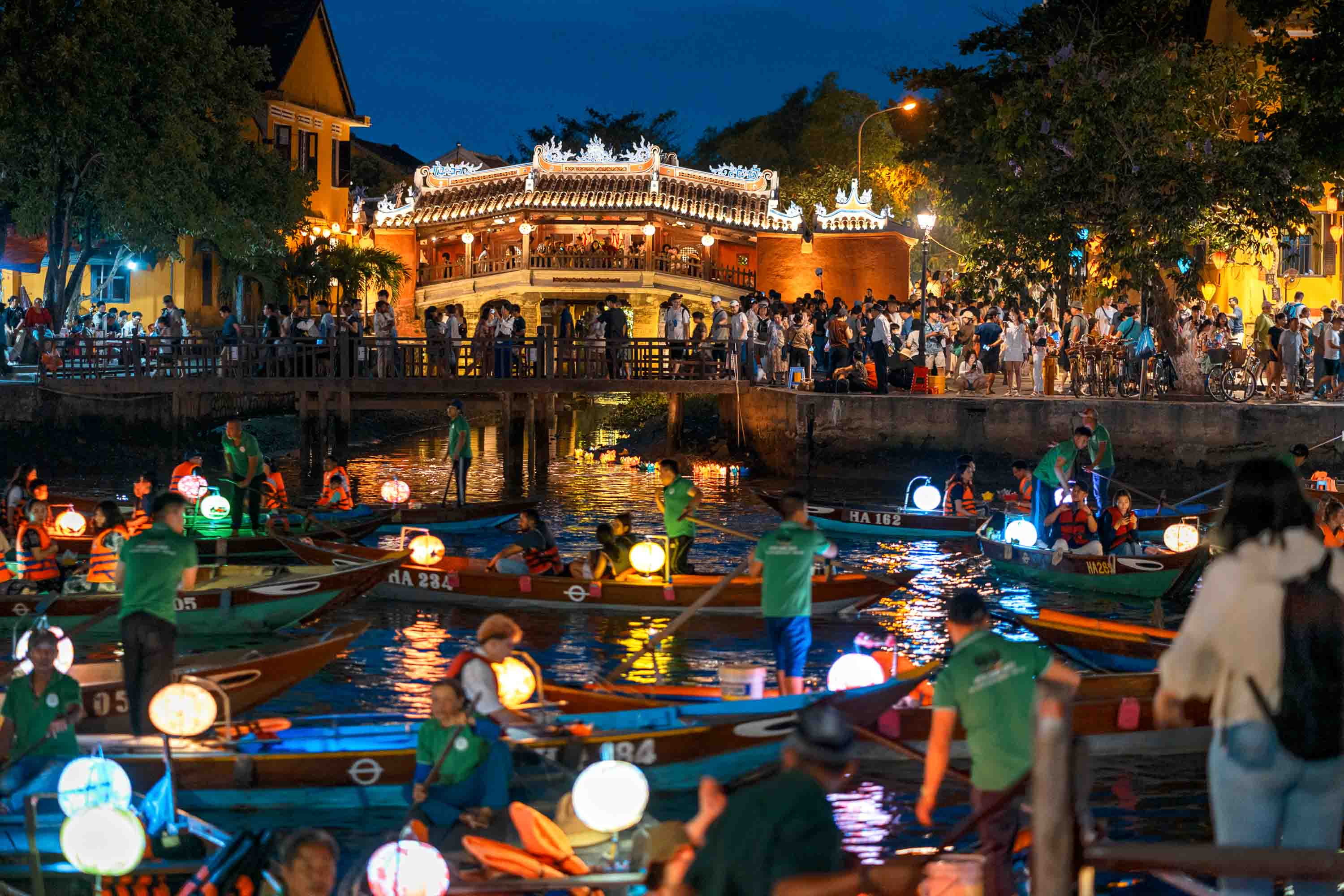






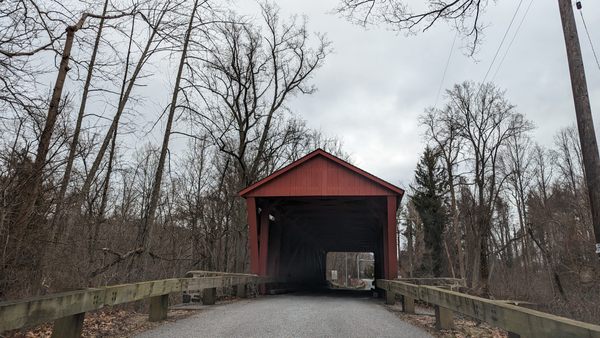
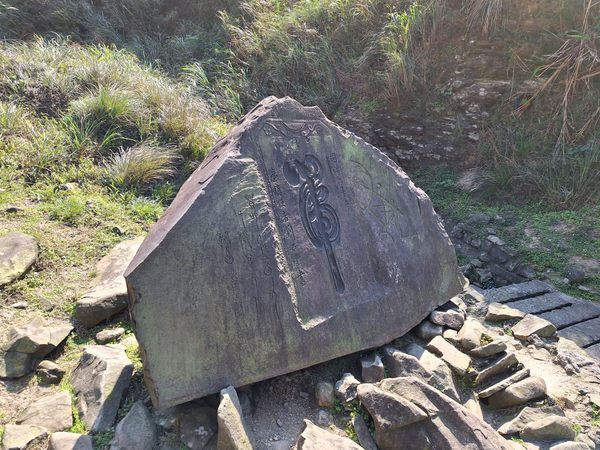























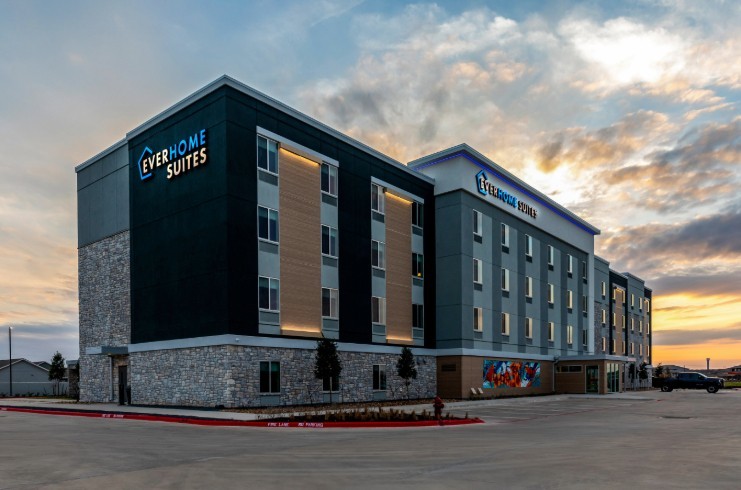






































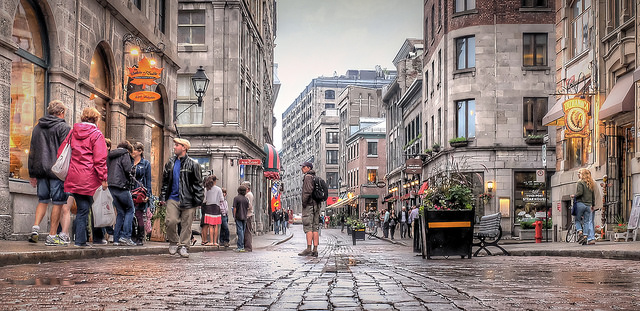
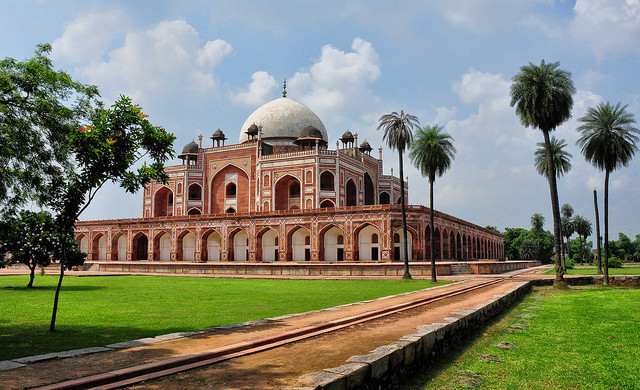
























































































































































































![[Podcast] Making Brands Relevant: How to Connect Culture, Creativity & Commerce with Cyril Louis](https://justcreative.com/wp-content/uploads/2025/05/cyril-lewis-podcast-29.png)































